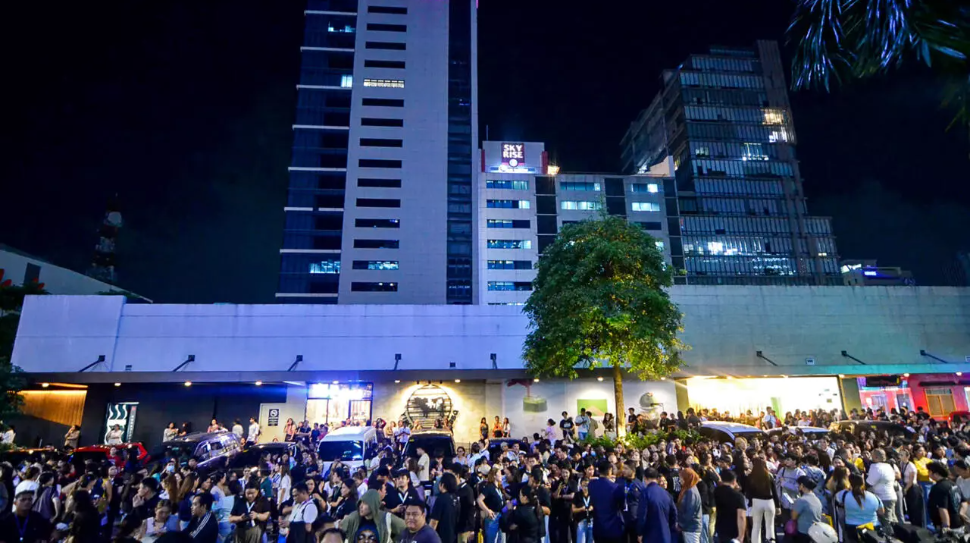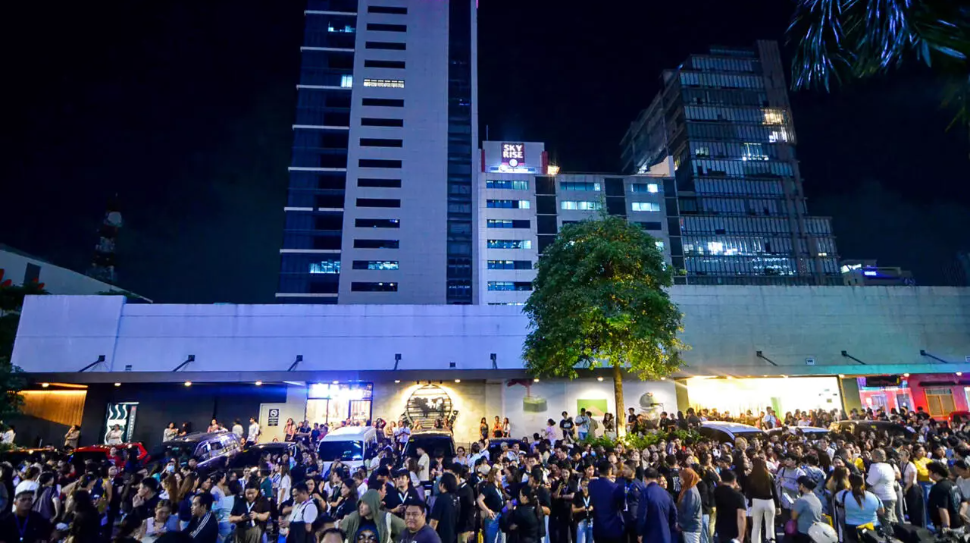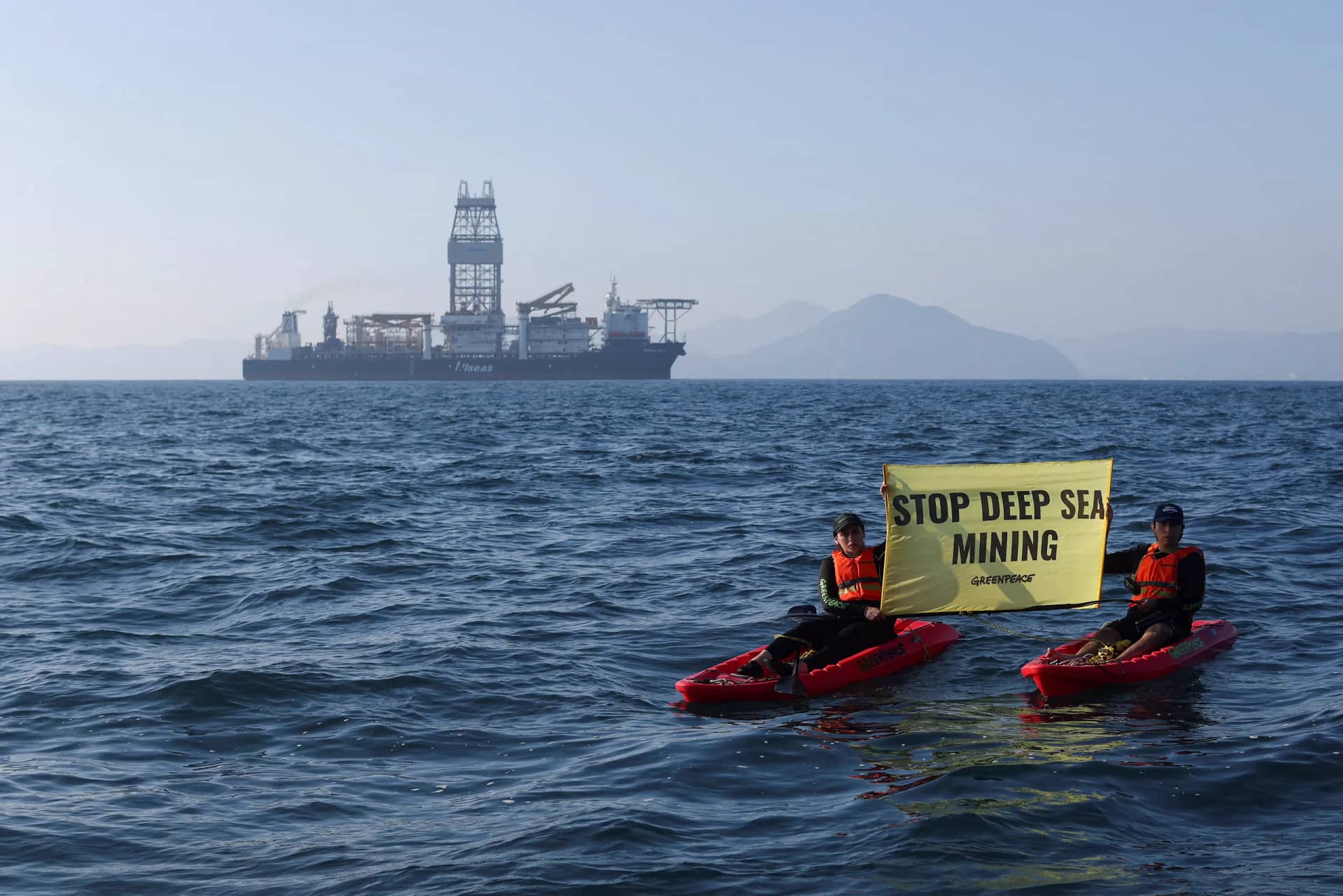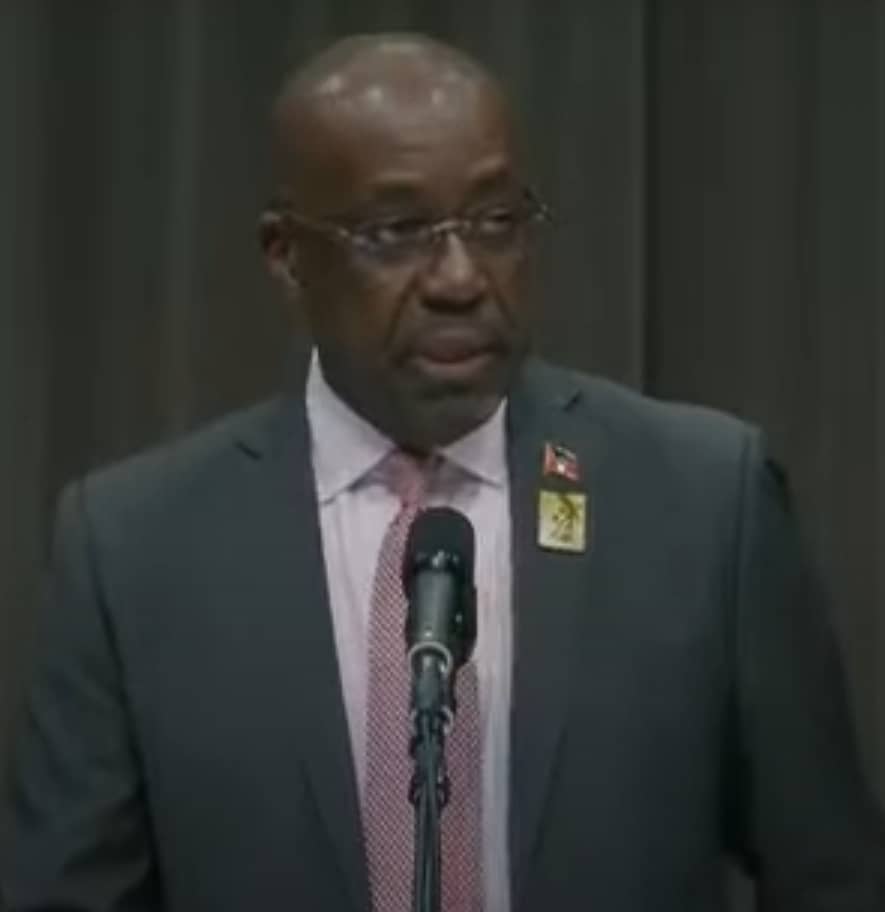In a landmark event on September 27, 2025, the Ministry of Agriculture, Lands, Fisheries, and the Blue Economy of Antigua and Barbuda welcomed a high-level delegation from Hainan Province, China, for a significant donation ceremony. The delegation, led by Vice Governor Mr. Zou Guang, officially handed over twelve motorized farm vehicles to support local agricultural efforts. The gesture underscores the growing bilateral ties between the two nations. The ceremony was attended by Hon. Anthony Smith Jr., Minister of Agriculture, who expressed profound gratitude for the donation, emphasizing its potential to enhance farming efficiency, particularly in rural areas. The event also featured discussions on agricultural development, with Permanent Secretary Walter Christopher highlighting the need for water conservation and Director Gregory Bailey stressing the importance of strengthening local staples like sweet potato and the Antigua Black Pineapple. Senior Research Officer Maudvere Bradford introduced the upcoming Water-Saving Irrigation Program, set to launch in October 2025, aimed at improving irrigation practices and resource management. The ceremony concluded with the symbolic exchange of certificates and a framed portrait of the donated vehicles, marking a new chapter in agricultural cooperation between Antigua and Barbuda and China.
分类: world
-

Strong quake in central Philippines kills 26 as search ongoing
A devastating 6.9-magnitude earthquake rocked the central Philippines late Tuesday, causing widespread destruction and claiming at least 26 lives on the island of Cebu. Authorities fear the death toll may rise as rescue teams continue to search for survivors amidst the rubble of collapsed buildings. The quake, which struck at 9:59 pm near the northern city of Bogo, was shallow and powerful, according to the US Geological Survey (USGS).
The National Disaster Risk Reduction and Management Council reported 147 injuries and damage to 22 structures, though specific details remain unclear. Local rescuers in Bogo and the nearby municipality of San Remigio confirmed fatalities, with efforts to recover victims hindered by darkness and ongoing aftershocks. The Philippine Institute of Volcanology and Seismology recorded 379 aftershocks in the region.
Dramatic footage shared on social media captured the moment a historic Catholic church on Bantayan Island crumbled, its belfry collapsing into the courtyard. Local television also showed a bridge in Cebu violently shaking, forcing motorcyclists to dismount and cling to railings for safety. Power outages affected Cebu and neighboring islands, though electricity was restored shortly after midnight.
The Cebu provincial government has appealed for medical volunteers via its official Facebook page, emphasizing the urgent need for assistance. Rescue official Wilson Ramos highlighted ongoing efforts in San Remigio and Bogo, where survivors may still be trapped under debris. Residents described the terrifying experience, with one witness recounting the collapse of the church belfry and another noting cracked kitchen tiles and neighbors fleeing their homes.
Governor Pamela Baricuatro urged residents to remain calm, avoid unstable structures, and prepare for aftershocks. The USGS initially reported a magnitude of 7.0 before revising it downward, while the Pacific Tsunami Warning Center confirmed no tsunami threat. The Philippines, located on the Pacific ‘Ring of Fire,’ experiences frequent seismic activity, with unpredictable and destructive quakes posing a constant risk.
-

UN Security Council approves new military force to fight Haiti ‘terrorist’ gangs
The United Nations Security Council has unanimously endorsed a resolution to significantly expand its security mission in Haiti, transforming it into a robust force aimed at curbing rampant gang violence. The new mission, authorized to deploy up to 5,500 uniformed personnel, including police and military troops, marks a substantial escalation from the current Multinational Security Support (MSS) mission, which comprises only 1,000 officers. The decision, supported by 12 council members, underscores the international community’s commitment to addressing Haiti’s escalating security crisis. U.S. Ambassador to the UN Mike Waltz hailed the resolution as a beacon of hope for a nation besieged by violent gangs that have terrorized the population through murder, rape, and pillaging. The initiative, co-sponsored by the United States and Panama, aims to restore stability in a country grappling with chronic political instability and gang dominance. Kenya, which has already contributed police officers to the MSS, expressed optimism about the mission’s potential success, provided it receives adequate resources and logistical support. However, China and Russia abstained from the vote, with China voicing concerns about the efficacy of military intervention without a concurrent political transition. The resolution also establishes a UN support office to facilitate logistical and financial assistance. Haiti’s Transitional Presidential Council welcomed the move, describing it as a pivotal step in combating one of the nation’s most severe challenges. The decision comes amid worsening gang violence, which has paralyzed the country and forced the resignation of former Prime Minister Ariel Henry earlier this year.
-

Strong quake in central Philippines kills 19 as search ongoing
A devastating 6.9-magnitude earthquake rocked the central Philippines late Tuesday, claiming at least 19 lives and causing widespread destruction, particularly on the island of Cebu. The quake, which struck at 9:50 pm local time near the city of Bogo, triggered landslides, collapsed buildings, and left communities in chaos. Rescue operations are ongoing, with fears that the death toll may rise as teams search for survivors trapped under debris. The shallow tremor, initially reported as a 7.0 magnitude by the US Geological Survey (USGS), was later revised. The Pacific Tsunami Warning Center confirmed there was no tsunami threat. Among the victims were nine adults and four children in Bogo, including three killed by landslides. In nearby San Remigio, five deaths were reported, including three coastguard members who perished when a sports center roof collapsed during a basketball tournament. A child was also crushed by debris in the same area. The Cebu provincial government has appealed for medical volunteers via its official Facebook page to assist in the aftermath. Rescue efforts were hindered by darkness and frequent aftershocks, with 379 recorded by the Philippine Institute of Volcanology and Seismology. Power outages affected Cebu and nearby islands, though electricity was restored shortly after midnight. Witnesses described the quake as intensely strong, with residents recounting panic and structural damage. Cebu Governor Pamela Baricuatro urged residents to remain calm, avoid unstable structures, and prepare for aftershocks. The Philippines, located on the Pacific ‘Ring of Fire,’ is no stranger to seismic activity, though this quake serves as a grim reminder of the region’s vulnerability to unpredictable and destructive natural disasters.
-

Bermuda braces as Hurricane Imelda follows Humberto
Bermuda is bracing for an unprecedented meteorological challenge as Hurricane Imelda approaches the British Overseas Territory, closely following the outer bands of Hurricane Humberto. Imelda, which intensified into a hurricane early Tuesday, is projected to make landfall on Wednesday afternoon. Currently classified as a Category 1 storm with sustained winds of 80 mph (130 kph), the US National Hurricane Center warns of potential strengthening over the next 48 hours. Bermuda’s Minister of National Security, Michael Weeks, urged residents to prioritize safety, emphasizing the severity of the situation. Imelda is expected to bring heavy rainfall of 2 to 4 inches (50 to 100 mm) from Wednesday into Thursday, raising concerns of flash flooding and dangerous storm surges. Meanwhile, Hurricane Humberto, which has weakened to Category 1 after reaching a rare Category 5, continues to generate hazardous surf and rip currents across the western Atlantic. Earlier this week, Humberto claimed two lives in Cuba’s Guantanamo and Santiago de Cuba provinces, according to Prime Minister Manuel Marrero Cruz. Meteorologists attribute the US East Coast’s relative safety to a rare Fujiwhara interaction, where the two cyclones rotated around each other, diverting Imelda away from South Carolina. The Atlantic hurricane season, running from June 1 to November 30, is predicted to be above-normal, though no storms have yet made US landfall.
-

US lists Caribbean countries in 2025 Trafficking in Persons Report
The United States Department of State has unveiled its 2025 Trafficking in Persons Report, highlighting the status of several Caribbean nations in combating human trafficking. The report underscores that ‘trafficking in persons’ and ‘human trafficking’ are interchangeable terms describing crimes where traffickers exploit individuals, including children, for forced labor or commercial sex. The State Department emphasized that any involvement of minors under 18 in commercial sex acts constitutes a crime, irrespective of coercion or fraud. The report categorizes countries into tiers based on their adherence to the Trafficking Victims Protection Act (TVPA) standards. The Bahamas, Guyana, and Suriname were placed in Tier 1, signifying full compliance with TVPA standards. Tier 2 includes Antigua and Barbuda, Aruba, Belize, Jamaica, St Vincent and the Grenadines, Curaçao, the Dominican Republic, and Trinidad and Tobago, which are making significant efforts toward compliance. St Lucia and Barbados were placed on the Tier 2 Watch List due to increasing trafficking cases and insufficient actions. Saint Maarten, Venezuela, and Cuba were relegated to Tier 3 for failing to meet minimum standards and lacking significant efforts. Haiti, along with Libya, Somalia, and Yemen, was classified as a ‘Special Case.’ The report also outlined potential consequences for Tier 3 countries, including restrictions on foreign assistance and opposition to multilateral development bank loans. The TVPA defines severe forms of trafficking and aligns with the UN TIP Protocol, ratified by over 180 countries, to combat this global issue.




